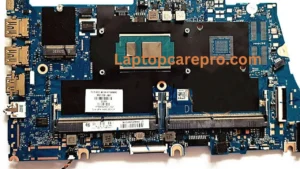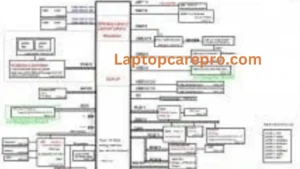Solving ASUS VivoBook 15 X510UNR Boardview
The ASUS VivoBook 15 X510UNR stands out in the crowded market of mid-range laptops, offering a commendable blend of performance, design, and affordability. However, like any electronic device, it’s not immune to hardware issues. One area that can be particularly daunting for general users is dealing with Boardview problems. Boardview software is crucial for diagnosing and repairing motherboard-related issues, as it provides a detailed map of the motherboard, including every component and connection. This guide aims to demystify the process of fixing common Boardview issues, making it accessible to those without advanced technical knowledge.
Understanding Boardview
Before diving into solutions, it’s essential to understand what Boardview is. In essence, Boardview is a detailed schematic of your laptop’s motherboard, showing all the components and their connections. It’s used by technicians to track down faults and perform repairs. While dealing with Boardview might seem intimidating, several common issues can be resolved by general users with a bit of guidance.
Finding the Right Boardview File
The first step in solving any motherboard issue is to get the correct Boardview file for your ASUS VivoBook 15 X510UNR. These files can often be found on technical forums or by contacting ASUS customer support. Ensure you download the file from a reputable source to avoid malware.You’ll need specific software to open Boardview files, such as OpenBoardView or PCB Repair Tool. These programs are generally user-friendly and available for free. Once installed, you can open the Boardview file for your VivoBook and start exploring the motherboard layout.








